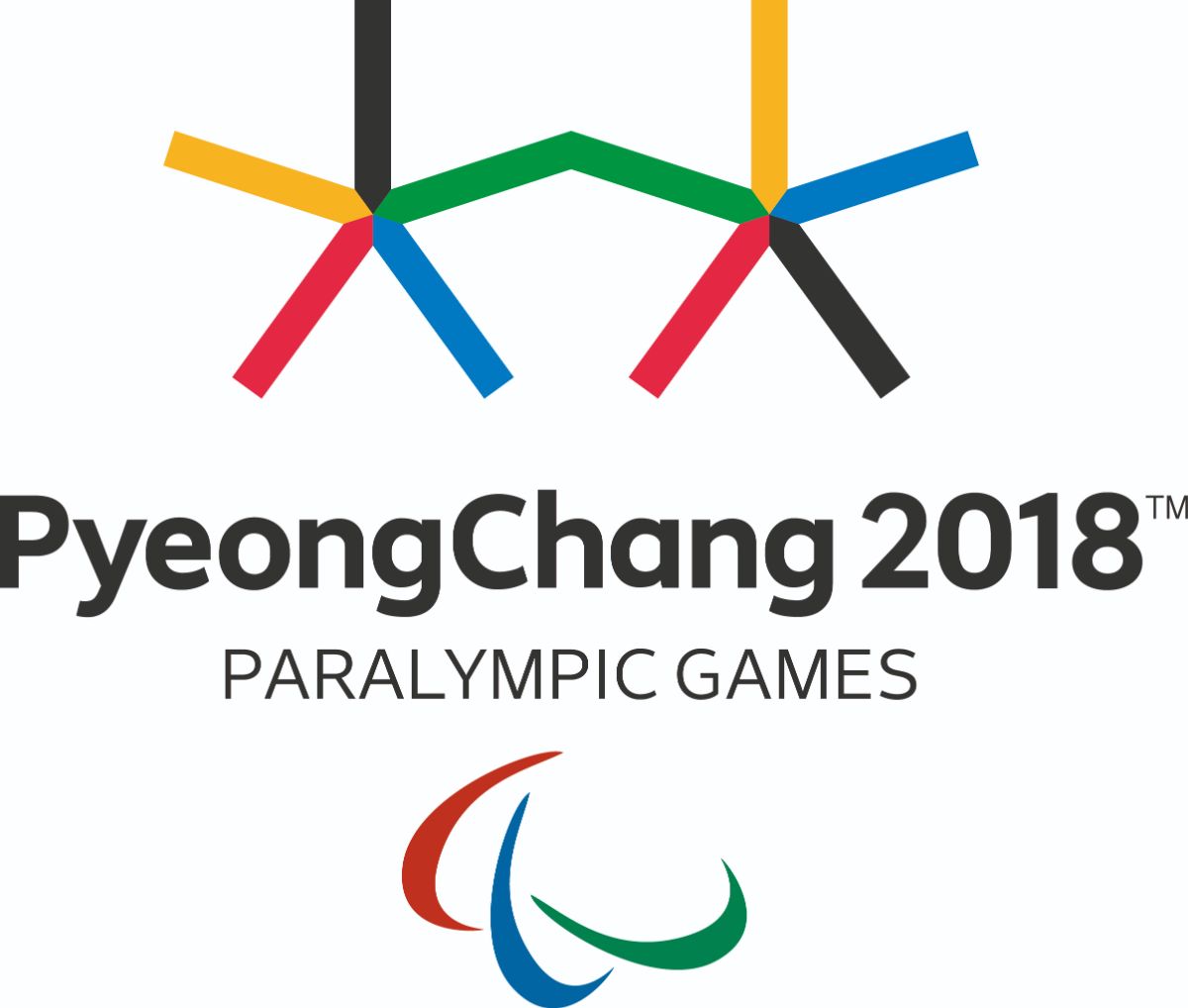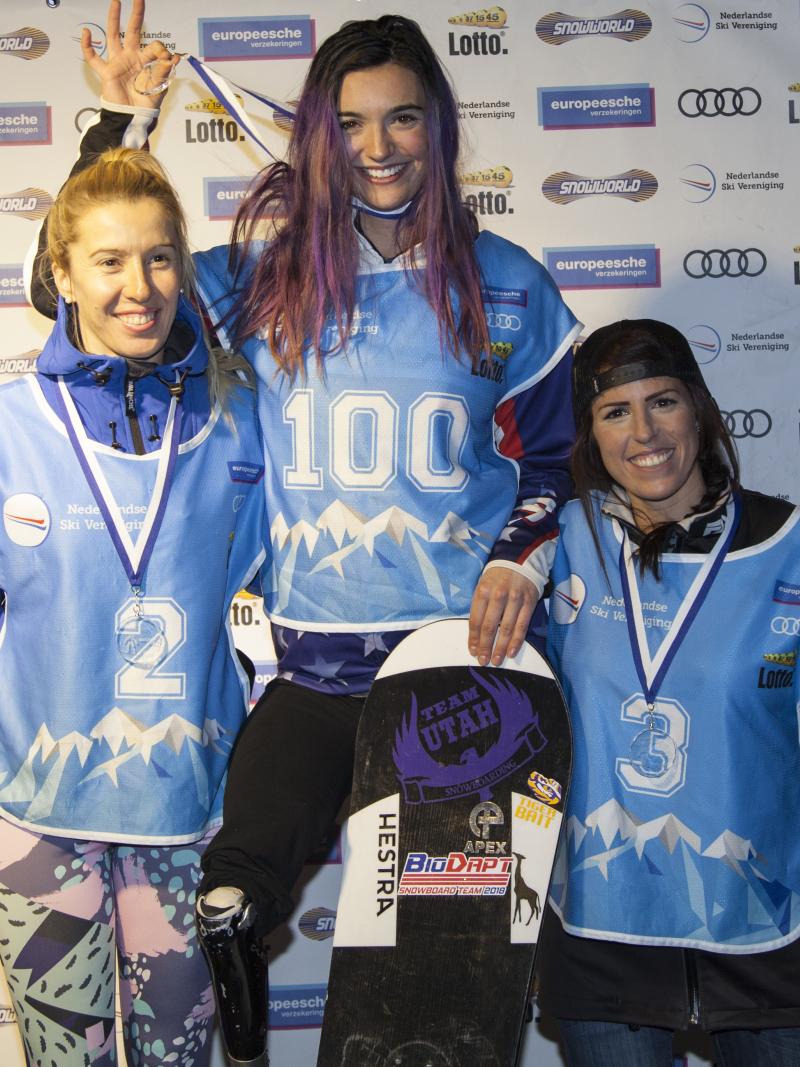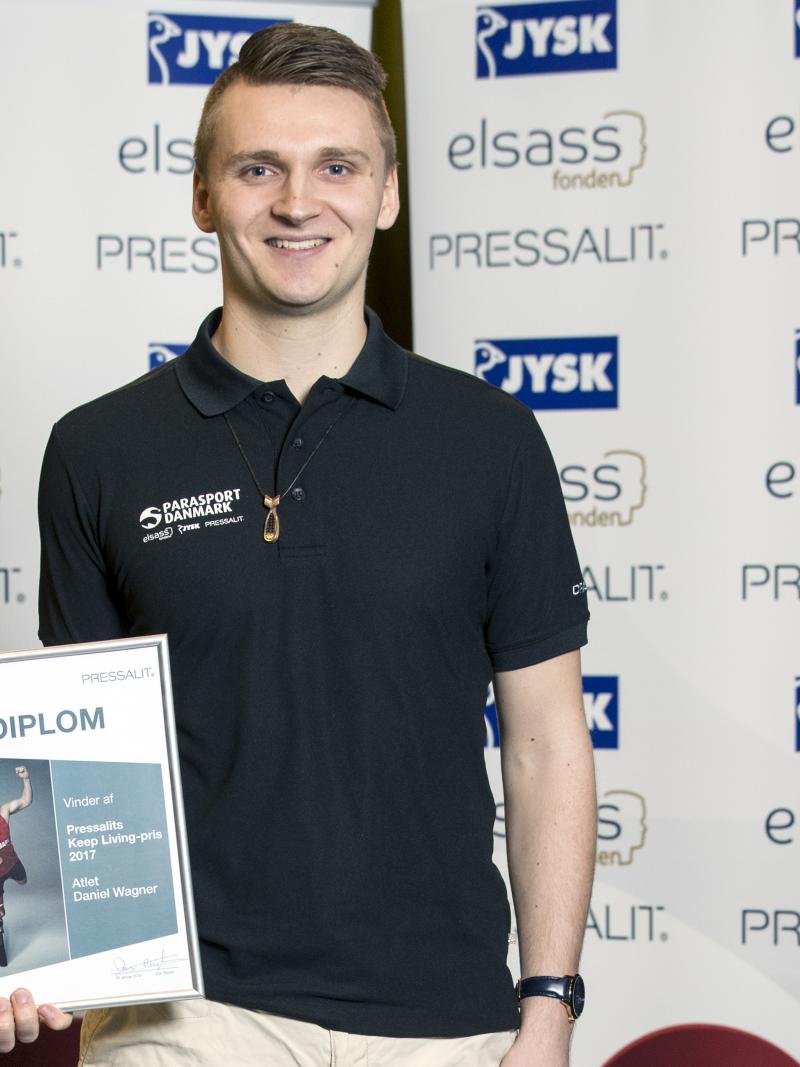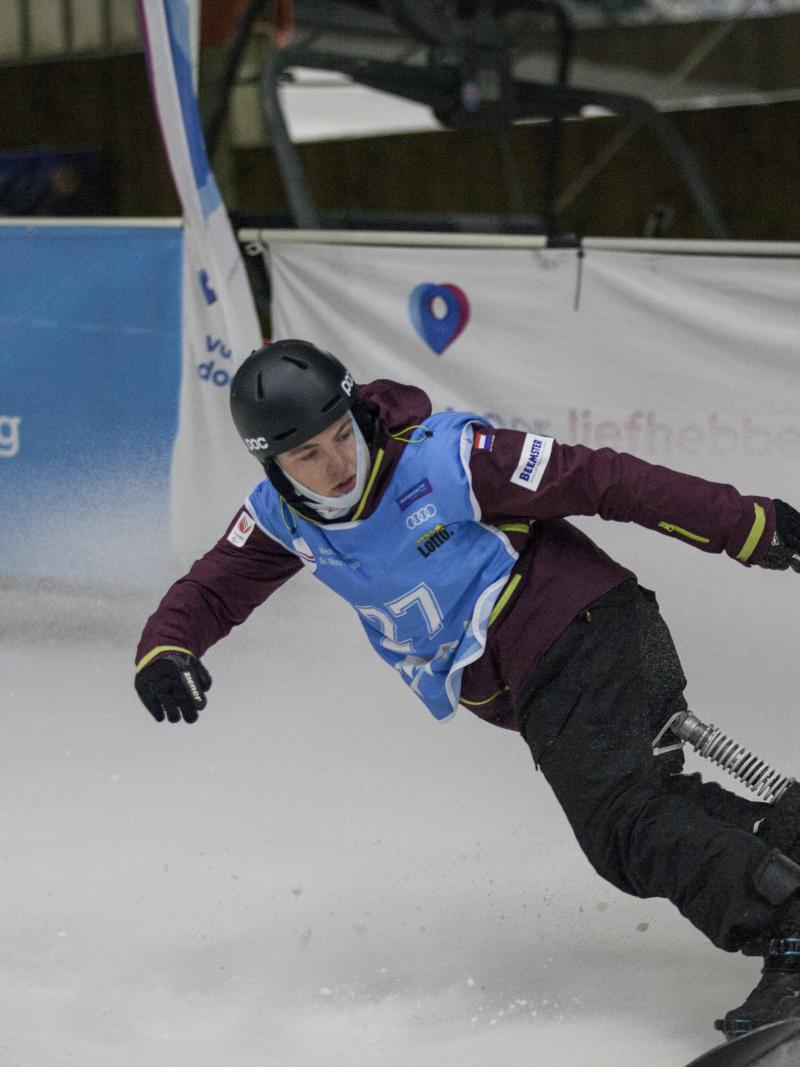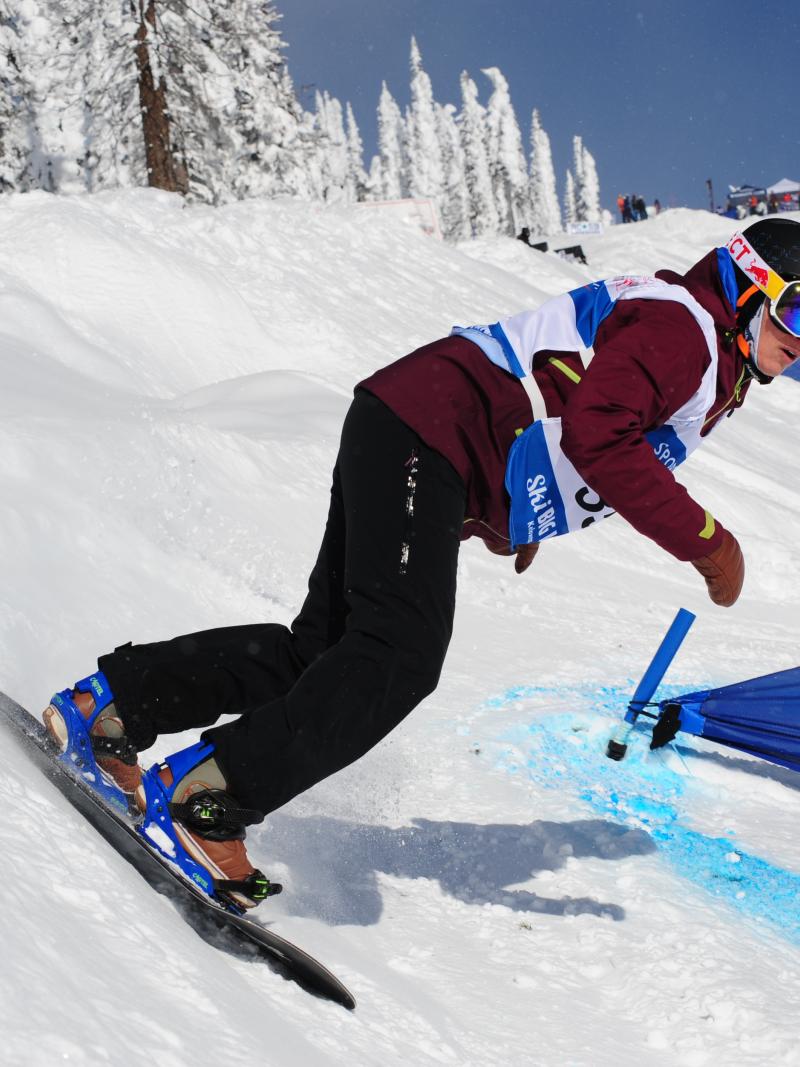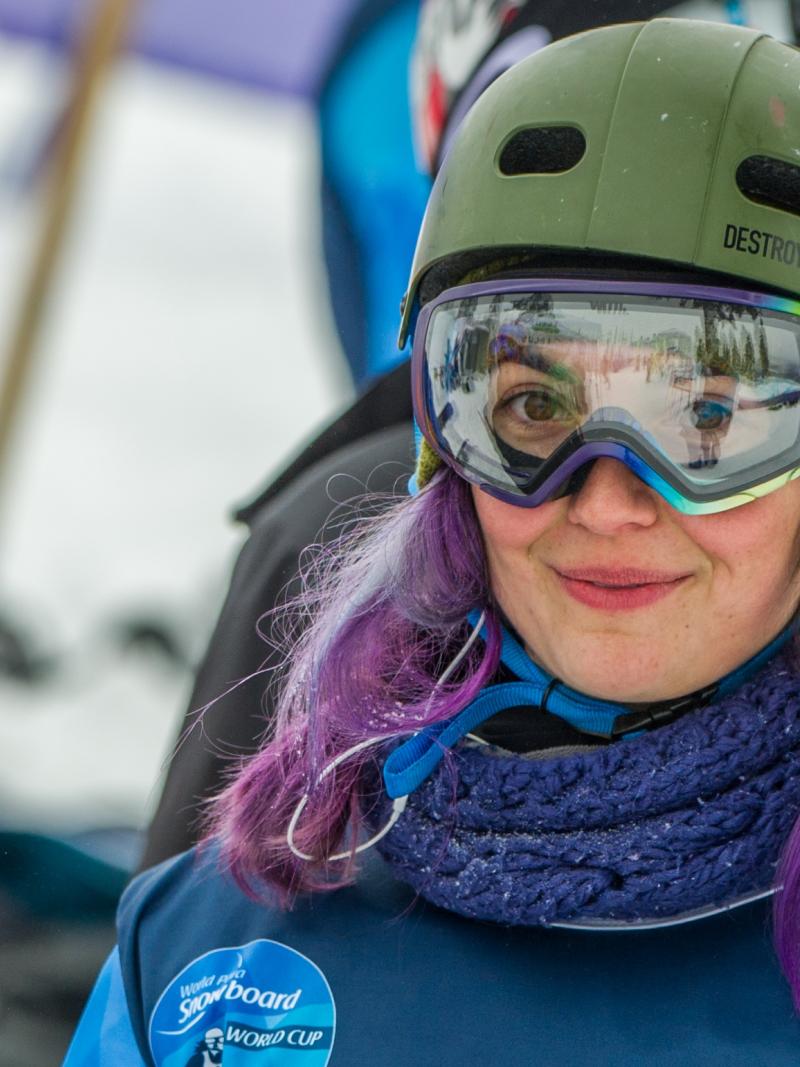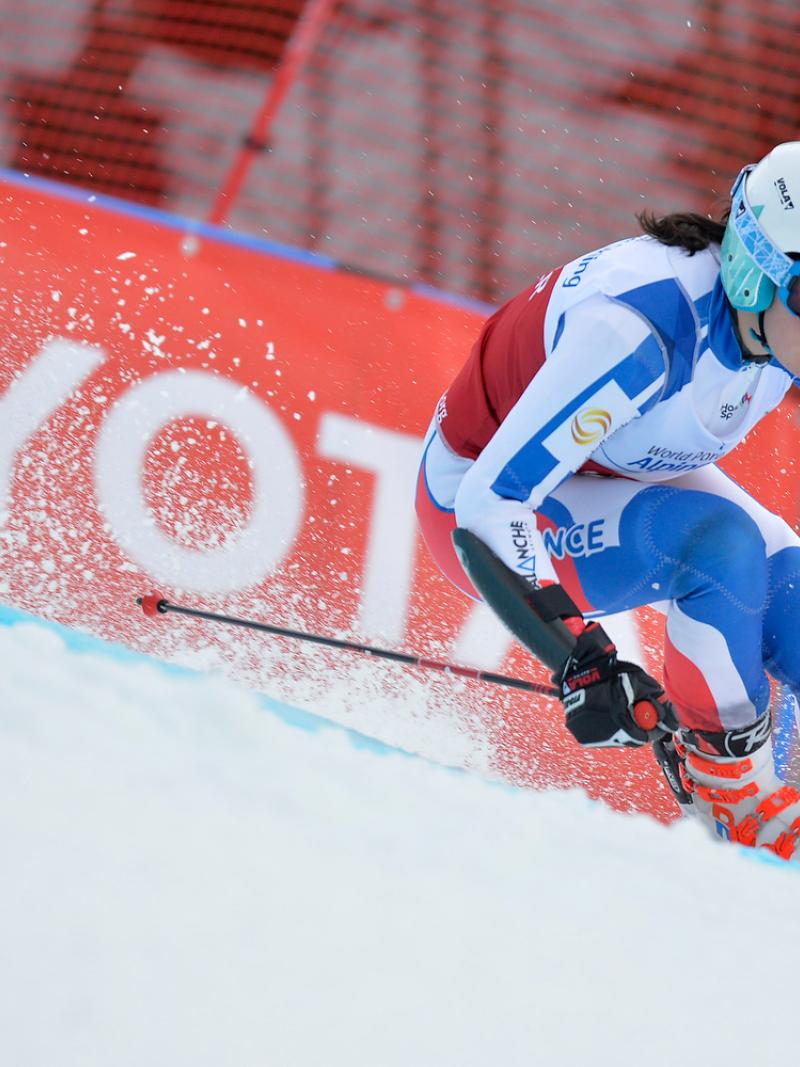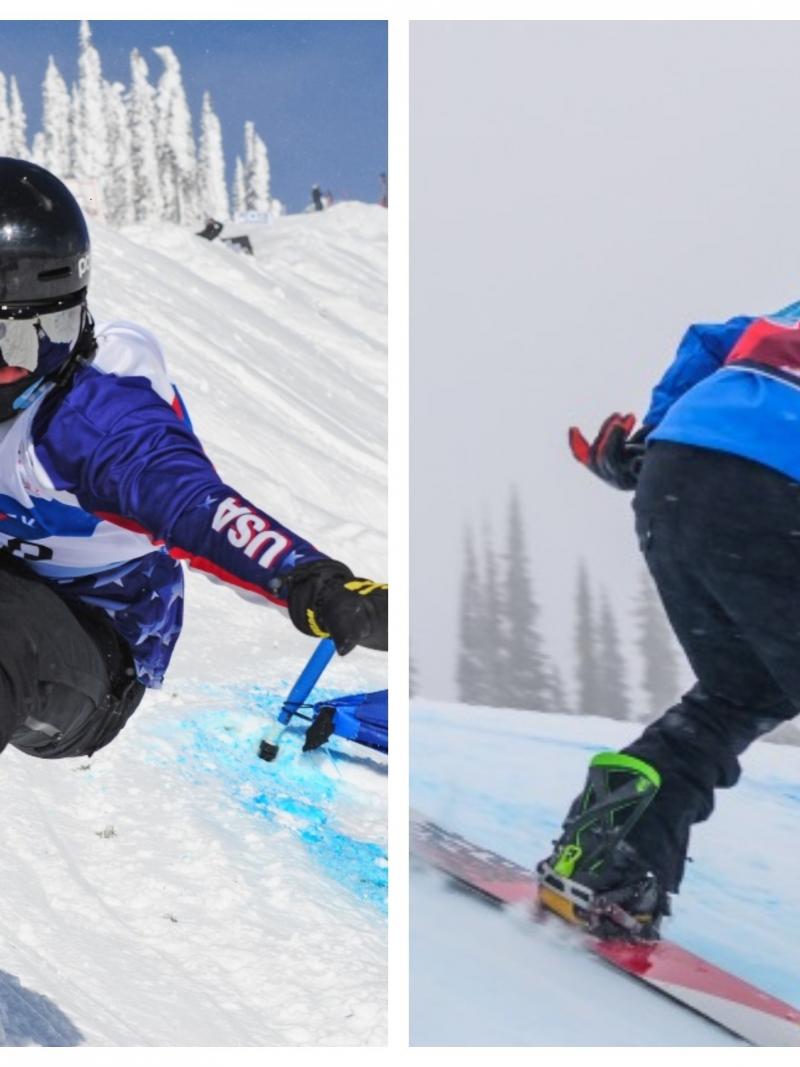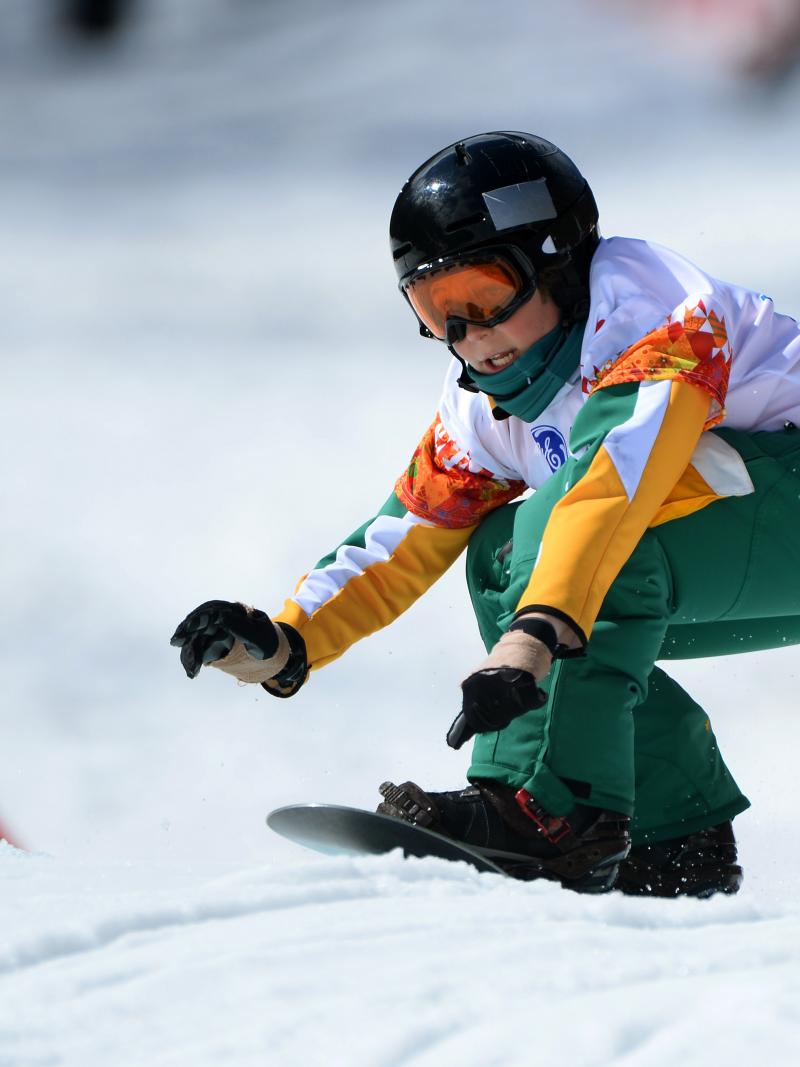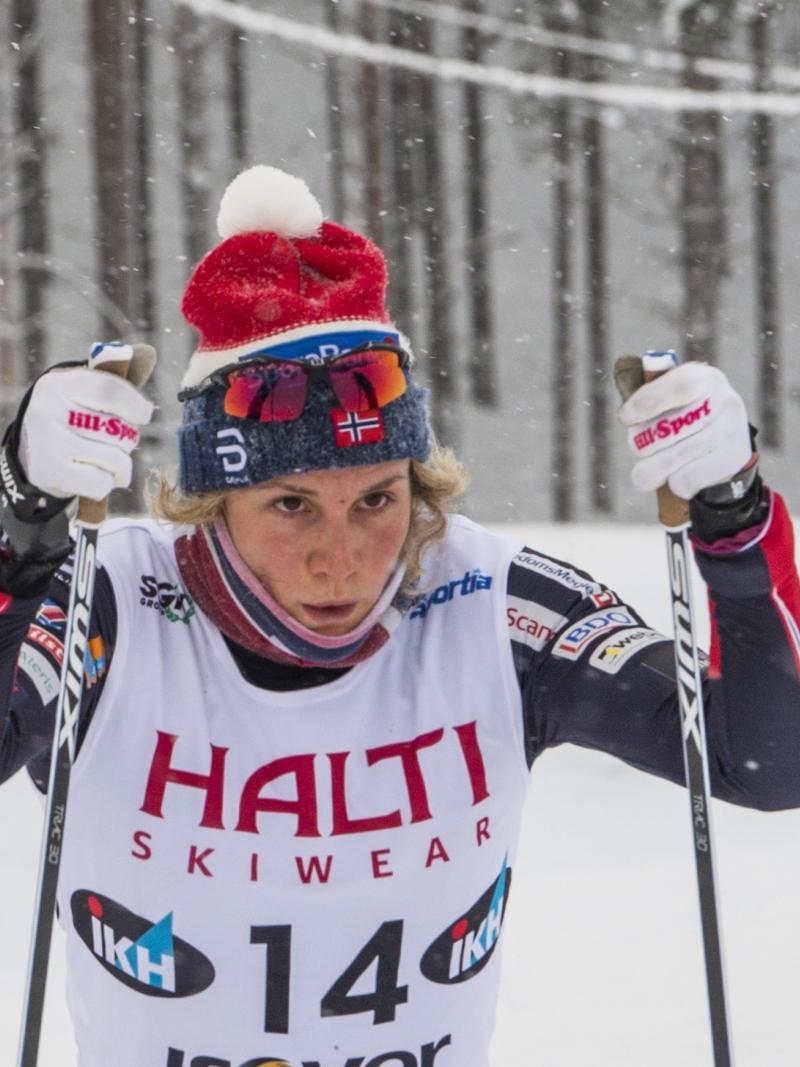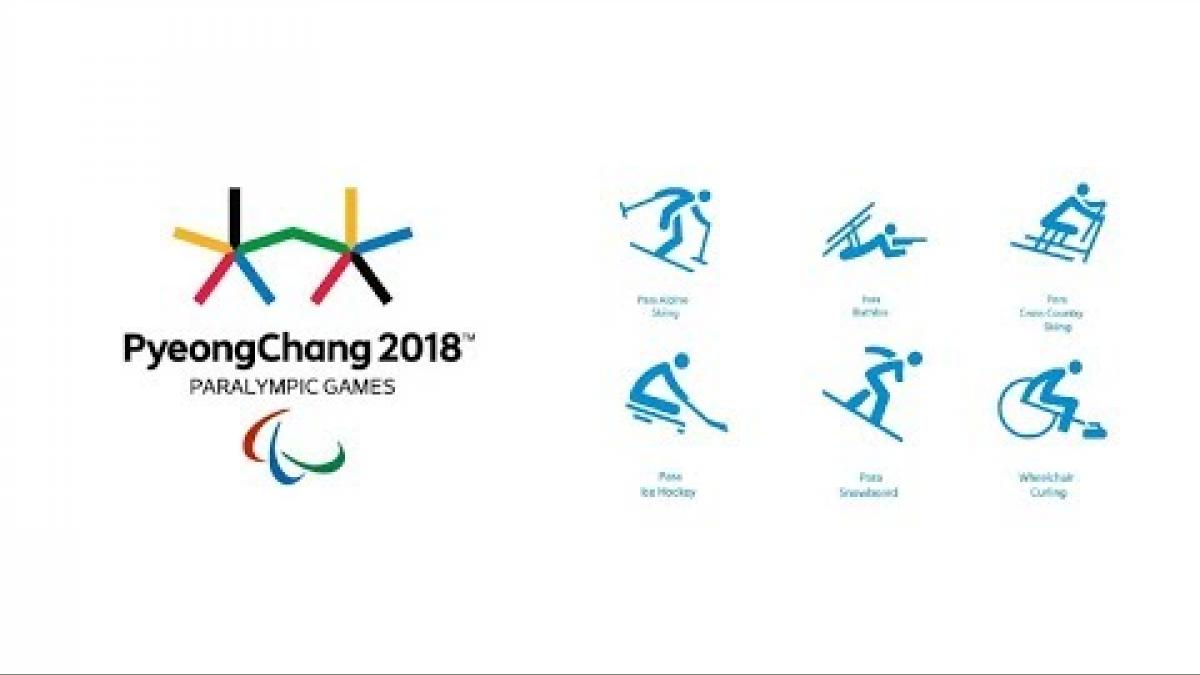PyeongChang 2018 Sport Week: Classification in snowboard
Athletes are assigned to one of three sport classes 10 Feb 2018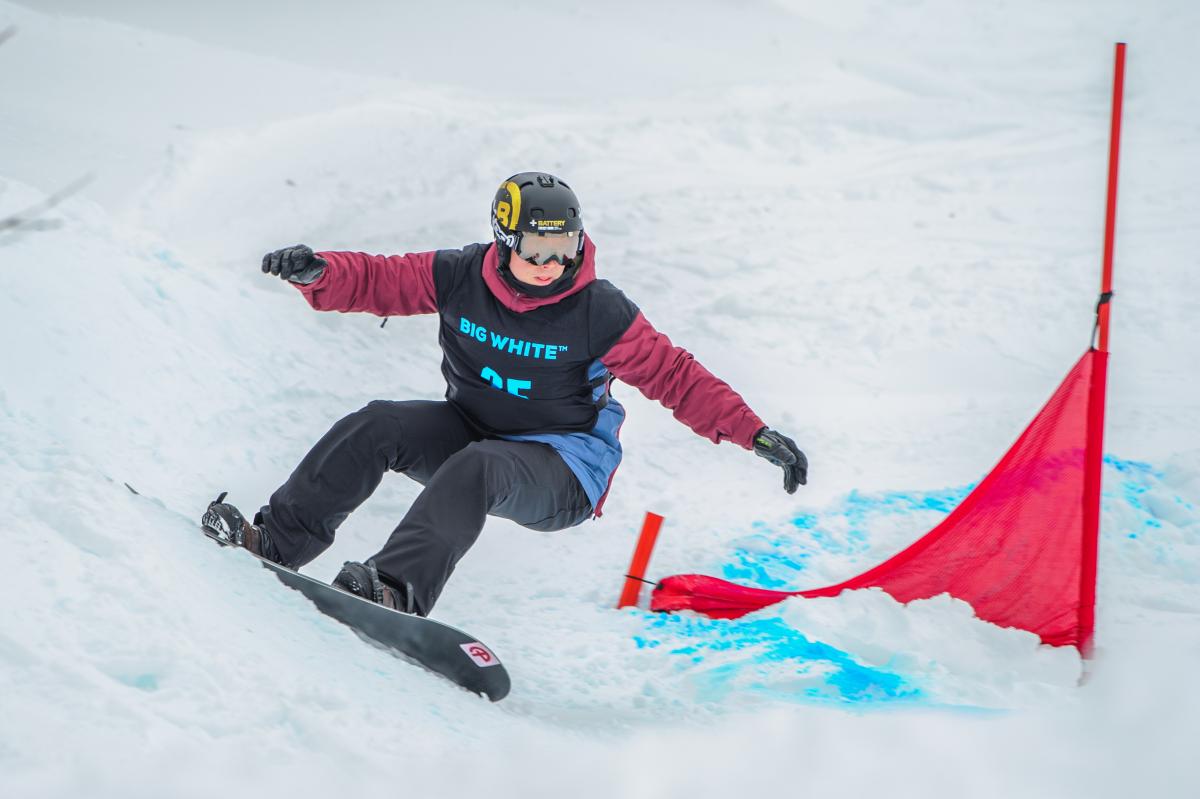
To round off the PyeongChang 2018 Sport Week for snowboard, it is time to take a look at how classification for the sport works.
Para snowboard is composed of three sport classes, two for athletes with leg impairments and one for athletes with arm impairments.
SB-LL1: Athletes classified in the SB-LL1 sport class will have an significant impairment in one leg, for example an above knee amputation, or a significant combined impairment in two legs, for example significant muscle weakness or spasticity in both legs. This will affect their ability to balance, control the board and absorb the terrain. Athletes with amputations will use prosthesis during the races.
SB-LL2: Snowboarders in the SB-LL2 sport class will have an impairment in one or two legs with less activity limitation. A typical example is a below knee amputation or mild spasticity.
SB-UL: Snowboarders in the SB-UL class have impairments of the upper limbs, which impacts on the ability to balance when racing down the slopes.
Athletes with these impairments are eligible to compete in Para snowboard:
• Impaired muscle power
• Impaired passive range of movement
• Limb deficiency
• Ataxia
• Leg-length difference
• Hypertonia
• Athetosis





